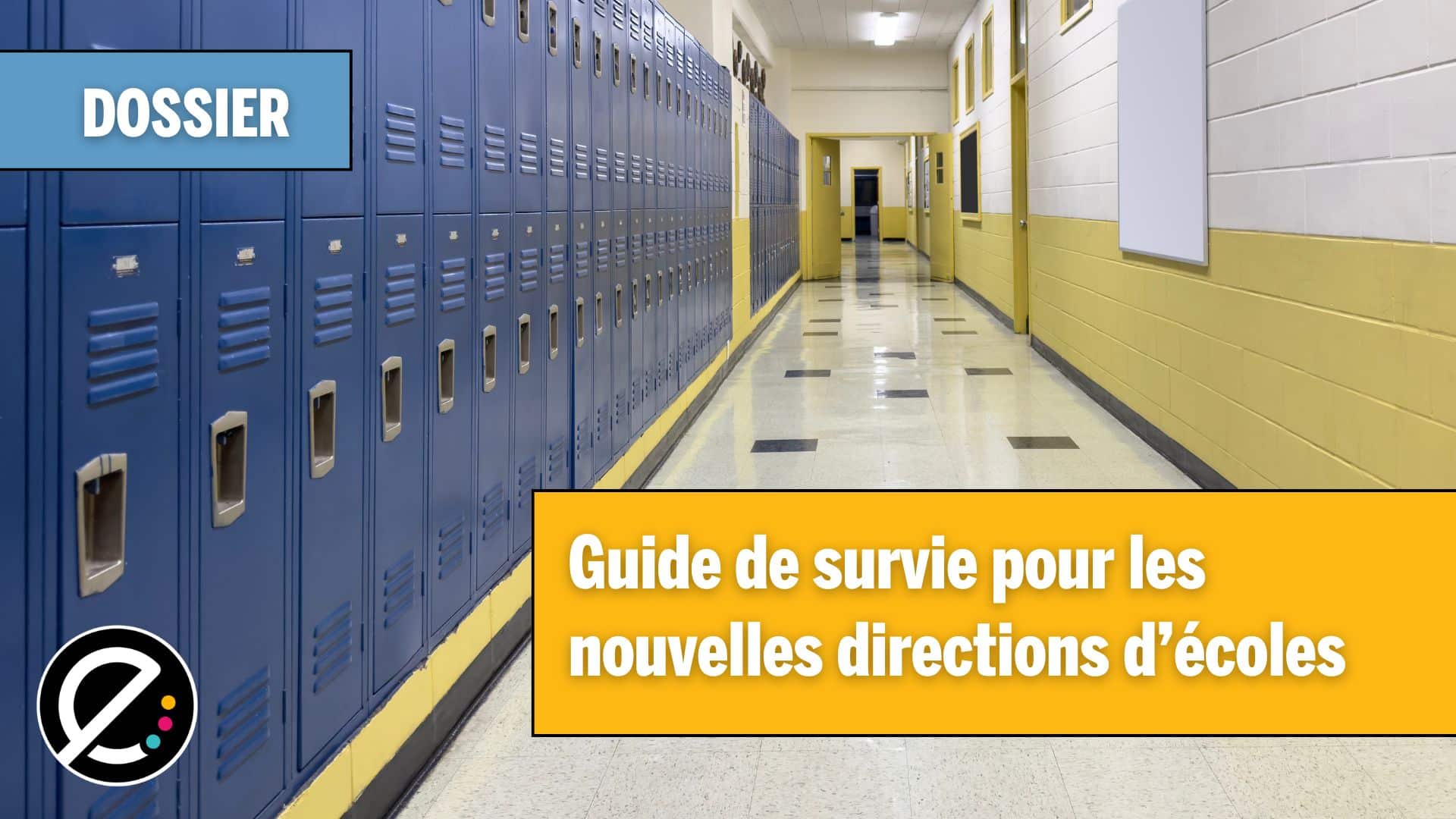L’évaluation a pour but de favoriser la progression des apprentissages en renseignant l’apprenant et l’enseignant sur les acquis et les éléments à améliorer. Les nouveaux moyens mis à notre disposition, notamment les outils numériques, permettent d’offrir de la rétroaction plus précise et dynamique. Voici quelques idées inspirées de ce qui se fait au collégial.
Les pédagogues du collégial ont eu à réagir vite quand la quarantaine est survenue. On leur a demandé de modifier leurs pratiques afin de poursuivre l’enseignement à distance. C’est une chance pour les étudiants qui n’ont pas eu à allonger leur parcours au CÉGEP. Ces enseignants, qui avaient déjà tenté d’autres façons d’évaluer, sont de précieuses ressources pour toute la communauté. Inspirons-nous de leurs pratiques!
Le questionnaire en ligne pour enseigner et évaluer
Une enseignante, aidée d’un conseiller pédagogique du CÉGEP Saint-Jean-sur-Richelieu a créé des questionnaires d’évaluation à l’aide de Google Forms. Les réponses aux questions posées sont importées automatiquement dans un tableau (Google Sheet). L’enseignante peut ainsi visualiser au même endroit toutes les réponses de ses étudiants. Il lui est facile et rapide d’établir des statistiques afin de réajuster son enseignement. Elle apprécie l’économie de temps et la souplesse que cette méthode lui procure. Afin de donner une rétroaction constructive et pointue, vraiment en lien avec les objectifs du travail demandé, elle a créé une fiche qui présente aux étudiants l’évaluation de chaque critère avec un code de couleur. Cette fiche, visuellement plus claire, permet à l’étudiant de comprendre où il doit investir plus d’énergie et où il démontre de bonnes compétences. Pour en savoir plus, lisez l’article ici. Par Stéphanie Granger (enseignante) et Jules Massé (conseiller pédagogique) CÉGEP Saint-Jean-sur-Richelieu
L’entrevue individuelle comme méthode d’évaluation
Dans le département de chimie du CÉGEP André-Laurendeau, on a opté pour l’entrevue individuelle. Cette méthode rigoureuse s’avère bénéfique pour les étudiants parce que l’enseignant procède en vérifiant spécifiquement si celui-ci comprend bien : l’enseignant peut reformuler une question ou demander à préciser la réponse. L’étudiant, lui, peut vérifier s’il comprend bien la question et répondre en élaborant sur le sujet, probablement bien plus qu’à l’écrit. En organisant une rencontre face à face, l’enseignant perçoit aussi la confiance de son étudiant. Bien sûr cette méthode est longue et demande une grande disponibilité. Mais il est indéniable qu’elle permet de mieux ajuster l’accompagnement des apprenants et que ces derniers reçoivent une rétroaction très précise sur ce qu’ils doivent améliorer.
Des idées pour soutenir une approche inclusive
L’équipe de Profweb s’est penchée sur d’autres ressources dans le but de différencier l’enseignement. Ses membres ont trouvé des façons très intéressantes d’utiliser les fonctions de partage de différentes plateformes comme Microsoft O365 ou Google Drive. Selon les critères d’évaluation choisis au préalable, l’enseignant crée une banque de commentaires qui servira à la rétroaction. Pour gagner du temps, il écrit un code lorsqu’il fait l’évaluation. Ce code pourra être remplacé ou substitué par un commentaire de sa banque avant de terminer. Par exemple, il peut écrire «3» pour ensuite le substituer par un commentaire plus clair comme celui-ci : « Ton utilisation de la ponctuation est pertinente et donne du rythme à ton texte ». Procéder avec des codes permet de gagner du temps tout en étant plus précis qu’un « Bravo! ». Pour ce qui est des textes écrits sur Google Document, il est aussi possible de faire des suggestions de modifications aux étudiants. Et, bien sûr, sur les autres plateformes, on peut écrire des commentaires directement annotés à droite du texte. Des façons fort intéressantes de faire de la rétroaction.
Quel outil numérique d’évaluation choisir?
Voilà la question que plusieurs se posent! Il existe un arbre décisionnel et un tableau comparatif créés par deux conseillers pédagogiques qui permettent de choisir le meilleur outil numérique pour le type d’évaluation qu’on souhaite faire. Qu’il s’agisse d’évaluation formative ou sommative, il y a un outil plus propice à rendre l’expérience enrichissante. Ils sont présentés dans cet article.
. . .
L’évaluation s’intègre dans le processus d’apprentissage et la rétroaction propose le chemin à suivre pour concentrer l’énergie aux bons endroits. L’évaluation et la rétroaction ne sont pas une finalité ou juste une note à donner. Ensemble, ils sont un processus pour aller plus loin. Il est donc vraiment pertinent de d’adapter ce processus à l’apprenant et d’y investir du temps. Que ce soit en classe ou à distance, les outils sont là pour créer l’évaluation qui convient. De plus, les outils sont simples, disponibles et, en général, déjà connus. Alors, profitons de ce moment où l’on réinvente l’école pour essayer des pratiques évaluatives dynamiques et innovantes.
Et vous, quelles sont les changements que vous avez apporté et qui s’avèrent gagnants dans le contexte actuel? On espère vous lire!






